[ad_1]
I had always hated math. Now I immediately found myself educating trigonometry. I was an English coach in Chicago Public Schools with certification particularly education, and when my school was going by means of a shortage of licensed specific education lecturers, I was pulled in mid-year to co-teach a junior-level trigonometry class with the arithmetic coach.
My school college students struggled with the calculations, pondering they merely weren’t good at math. Like me, they hated it. What was the aim in working and reworking these calculations? What have been we trying to find out anyway? And I initially agreed with them.
However trig slowly turned my favorite class of the day. After spending years educating English and finding out, I was being challenged to maneuver previous what I had always been doing. Whilst you’re new to 1 factor, you have gotten a up to date perspective. You’re eager to take risks. You’re eager to try one thing because you don’t know how one factor must be carried out.
I labored with my co-teacher to create a set of supplementary courses by a particular lens to let school college students experience non-public which means and creativity of their math.
Explaining It to a Baby
I found that many school college students felt irritated with math because of they wished to return again to 1 single applicable reply. This was notably onerous with my numerous learners, who struggled with multistep equations. As a substitute of specializing in coming to the correct reply, my school college students and I focused on the strategy of getting there.
I launched in some books from Chris Ferrie’s Baby School assortment—books like Frequent Relativity for Infants and Optical Physics for Infants. The thought is that you just don’t completely know one factor besides you might break it down so merely you might make clear it to a youthful teenager.
That’s the obligation I gave my school college students. We started by finding out Ferrie’s board books to see how straightforward language and illustrations may be used to make clear sophisticated subjects. Subsequent, school college students chosen a multistep equation that they’d initially struggled with. Working in pairs or small groups, they talked by their pondering and the steps wished to unravel the equation. Their companions have been impressed to ask questions and get clarification so the ideas have been outlined on the simplest stage.
Using the books as fashions, school college students revised and wrote down their explanations to make them really easy that they may be outlined to a youthful teenager. After they wrote out their explanations, my co-teacher and I challenged them to create temporary books using card stock and colored pencils. School college students labored with their small groups to talk by ideas and illustrate their books. Within the occasion that they struggled, they’ve been able to pair with one different pupil to create a e guide collectively.
Sharing with completely different school college students helped them make clear ideas in new strategies, which helped them develop a deeper understanding. School college students have been pushed to imagine metacognitively with a goal to make clear their pondering and their course of to others, and the class as a whole gained entry to numerous views in math by listening to their associates’ thought processes. They normally have been all excited to see how they might use writing and paintings skills in an real technique in math class.
Inserting the ‘Story’ in ‘Story Disadvantage’
The fascinating issue normally uncared for in math class is that it already consists of tales and real-life connections, inside the kind of story points. Nonetheless the story points are normally discrete—each is an individual unit, they normally don’t inform an even bigger story.
One different drawback is that the real-life components usually don’t relate to points which will be precise factors in school college students’ lives. They could embrace calculating area in order that someone can buy new carpet for his or her residence. Or a story downside could also be about landscapers planting a model new tree, and needing to calculate the scale of wire required to help the tree. These could also be points the students will do later as adults, nonetheless they’re not current factors throughout the youngsters’ experience.
I used story points as an opportunity to connect math to school college students’ lives by creating fictional math-based tales. First, school college students would work in small groups to endure the chapter of their math textbook and accumulate the story points, writing them on index enjoying playing cards. Subsequent, school college students would lay out the enjoying playing cards to see the questions as a whole: Out of 10 or further story points throughout the chapter, have been there 5 comparable ones they might group collectively? What problem-solving skills have been generally known as for to work on these points?
these 5 unconnected tales, school college students thought why they wished to unravel them, and used their causes to give you some type of linked ideas. They created backstories for the names throughout the points, throughout the course of turning them into further developed characters. They acknowledged challenges or the explanation why the characters wished to unravel the problem.
Lastly, they combined the story points that they’d created and developed an prolonged narrative to connect these conditions, an overarching story rooted in real math story points. Survival was a typical theme: One group wrote a number of zombie apocalypse and one different imagined an alien invasion, situations by means of which characters wished to unravel the problems and make use of skills which may help them survive. It’s true that these tales weren’t rooted in school college students’ exact lives, nonetheless they’ve been further taking part than rug purchases or landscaping.
After they used creative writing skills to develop math story points about points they’ve been desirous about, school college students turned further engaged. They wished to be taught the other groups’ tales and work on the arithmetic in them because of that they’d an precise funding throughout the closing end result. The tales helped school college students uncover motivation because of they created an answer to the question “Why do we’ve got to review this?”
[ad_2]
Provide hyperlink

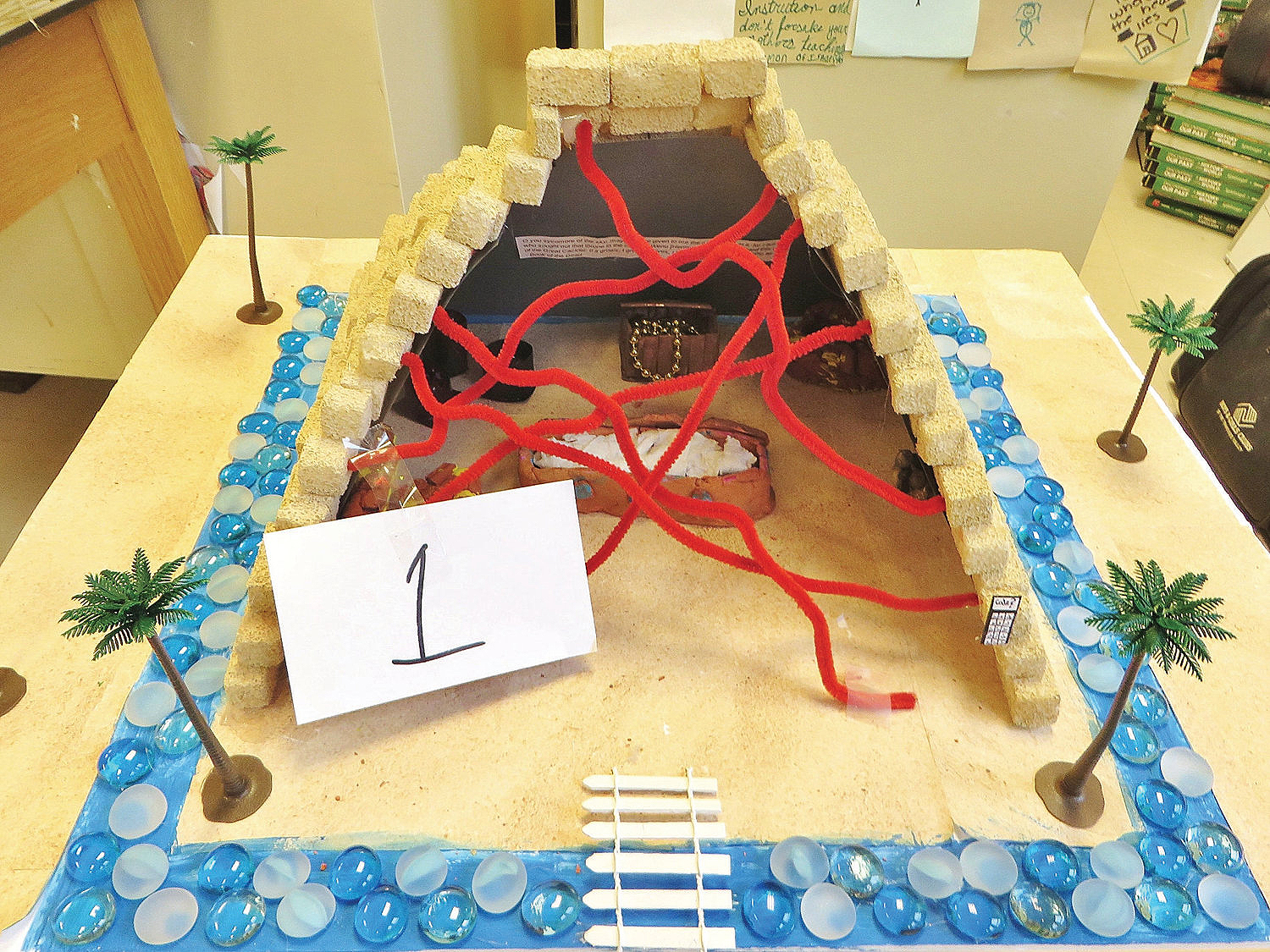
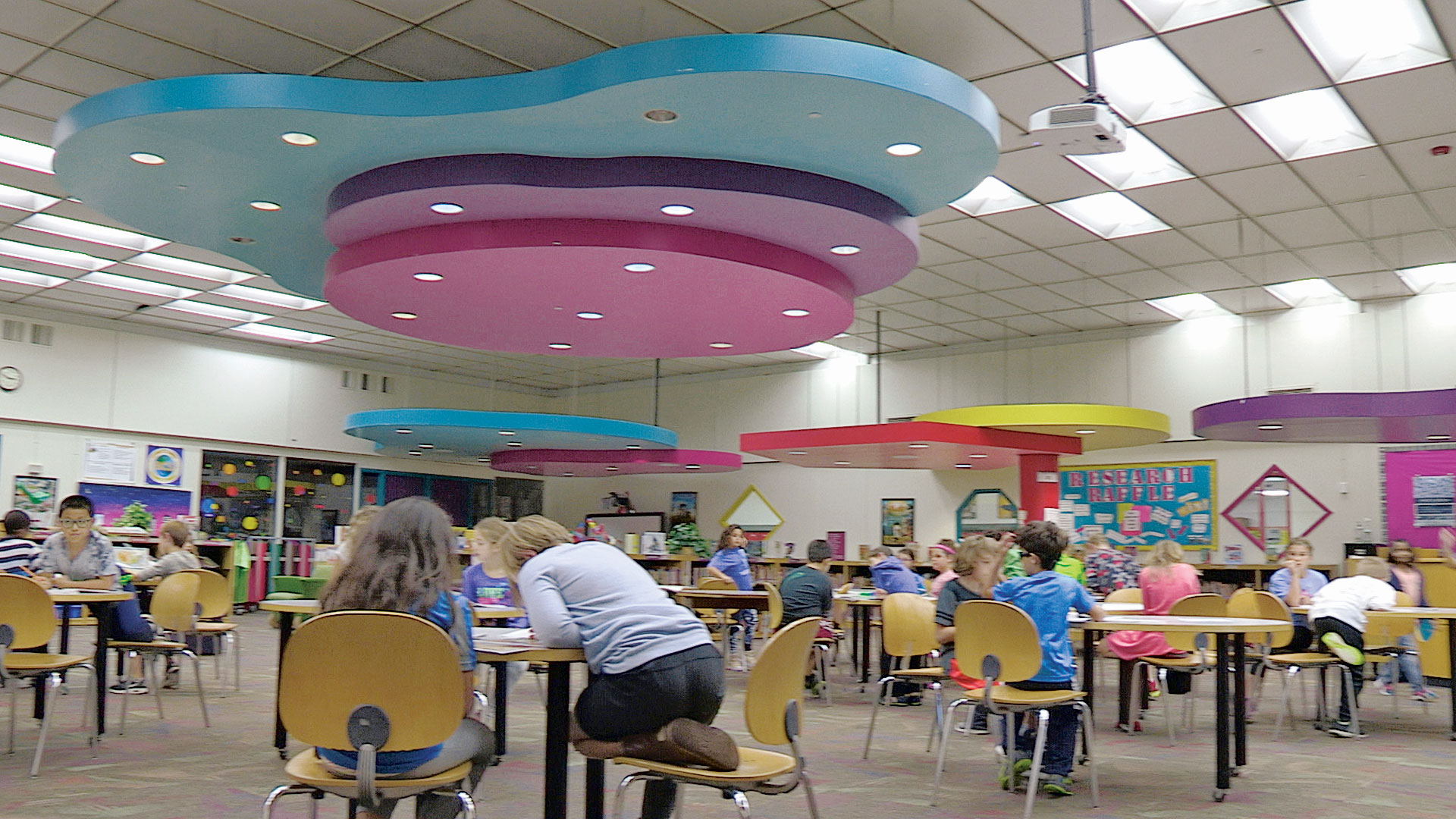
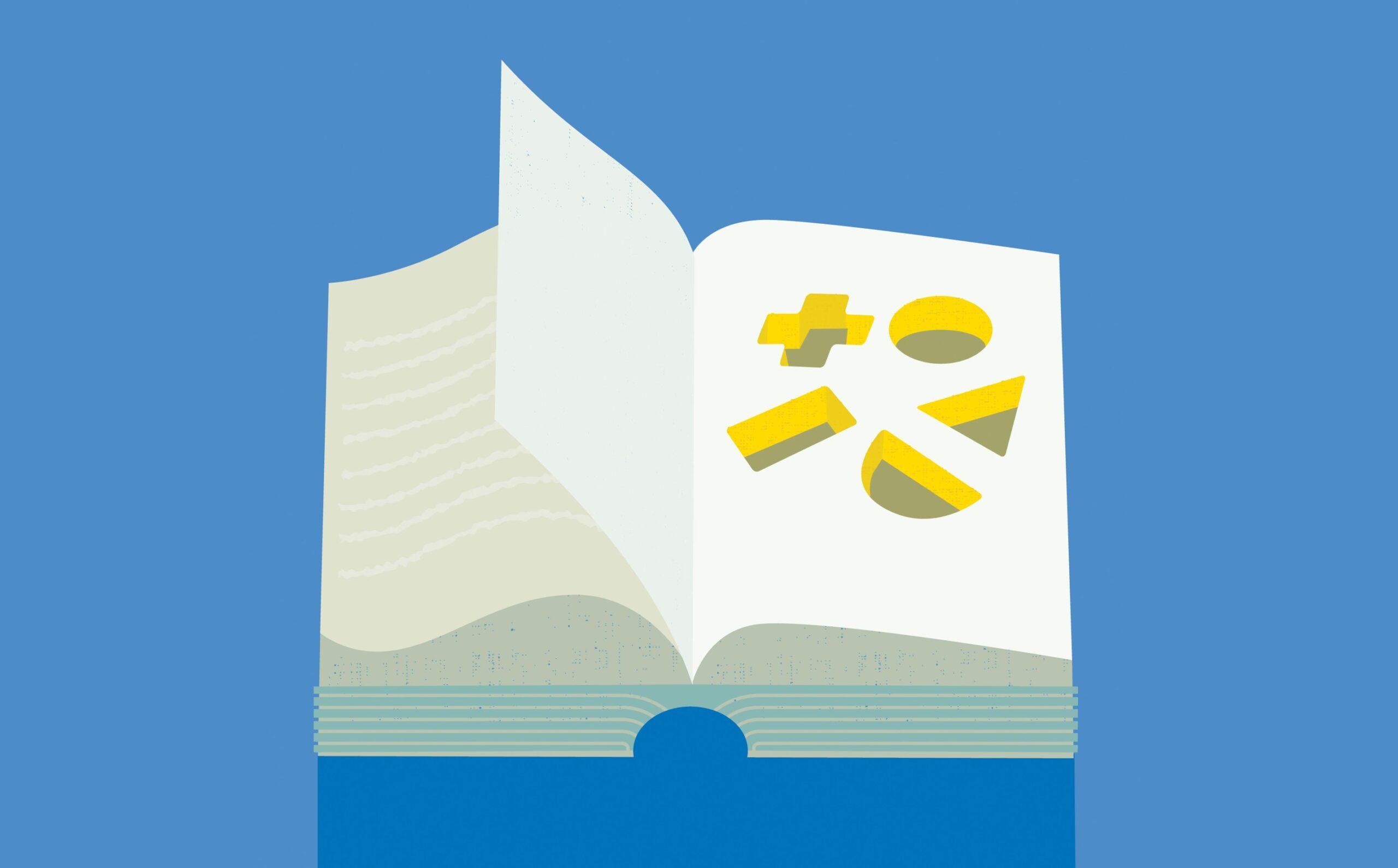

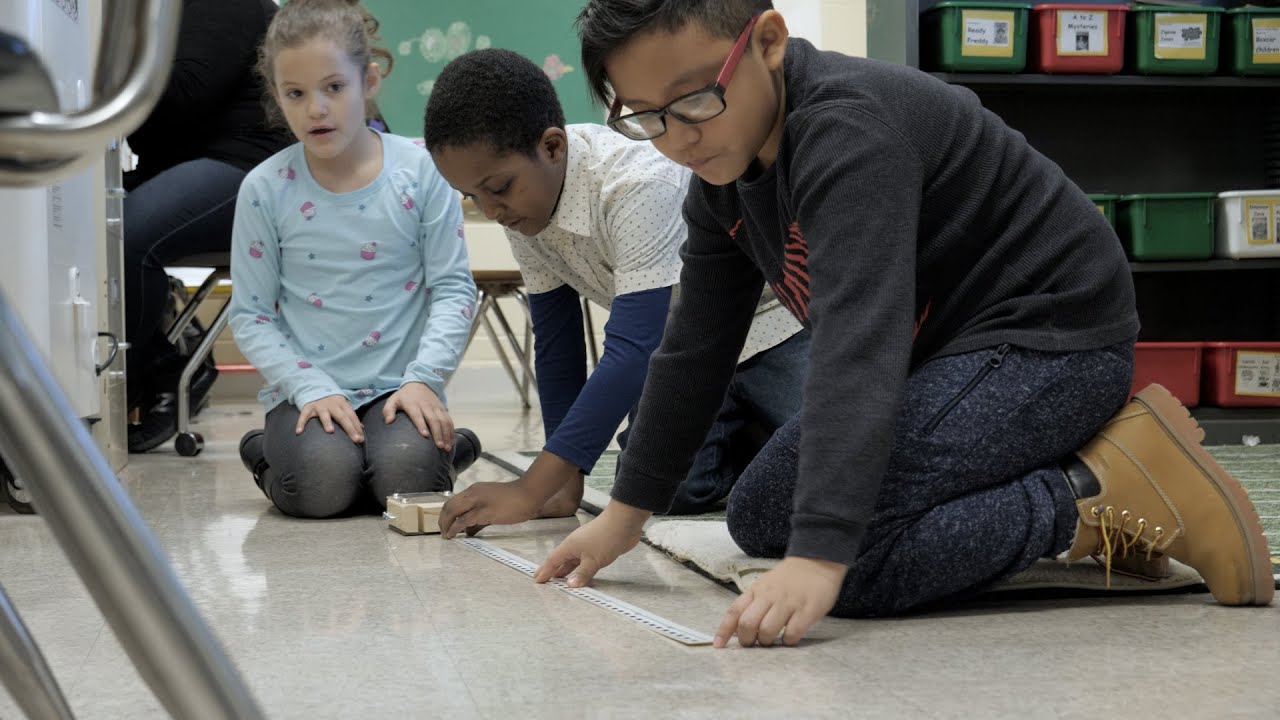
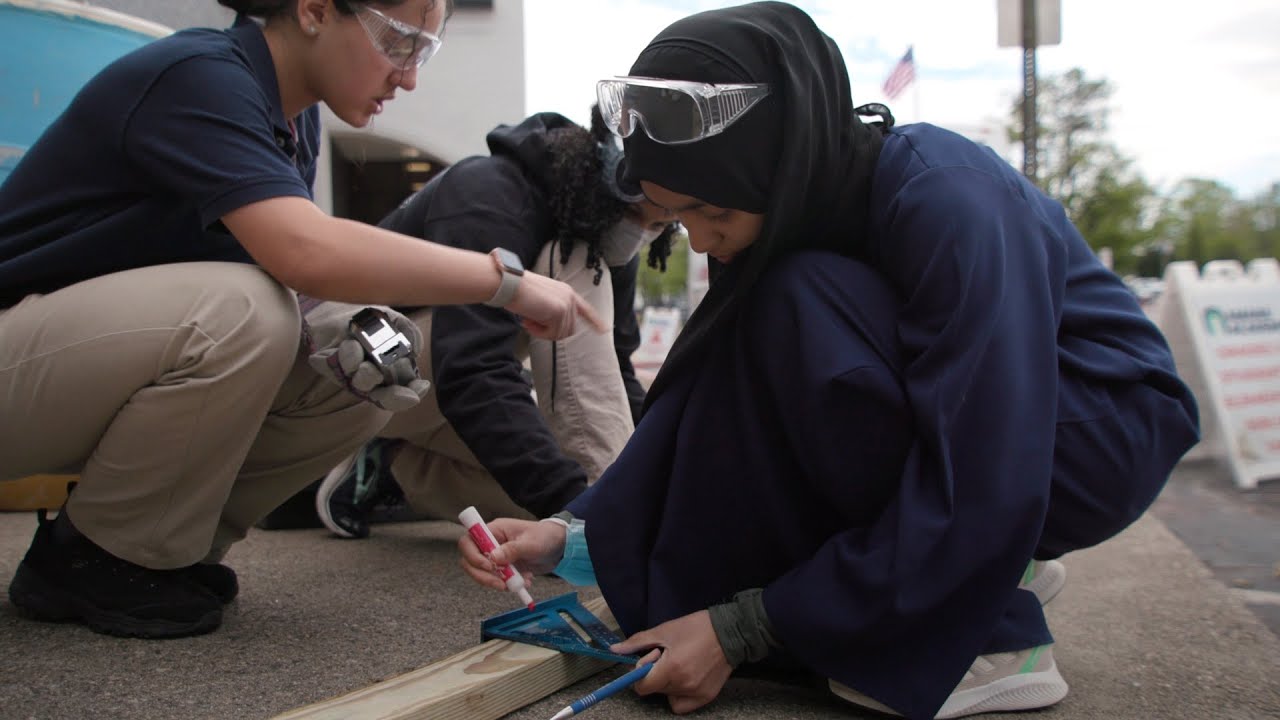

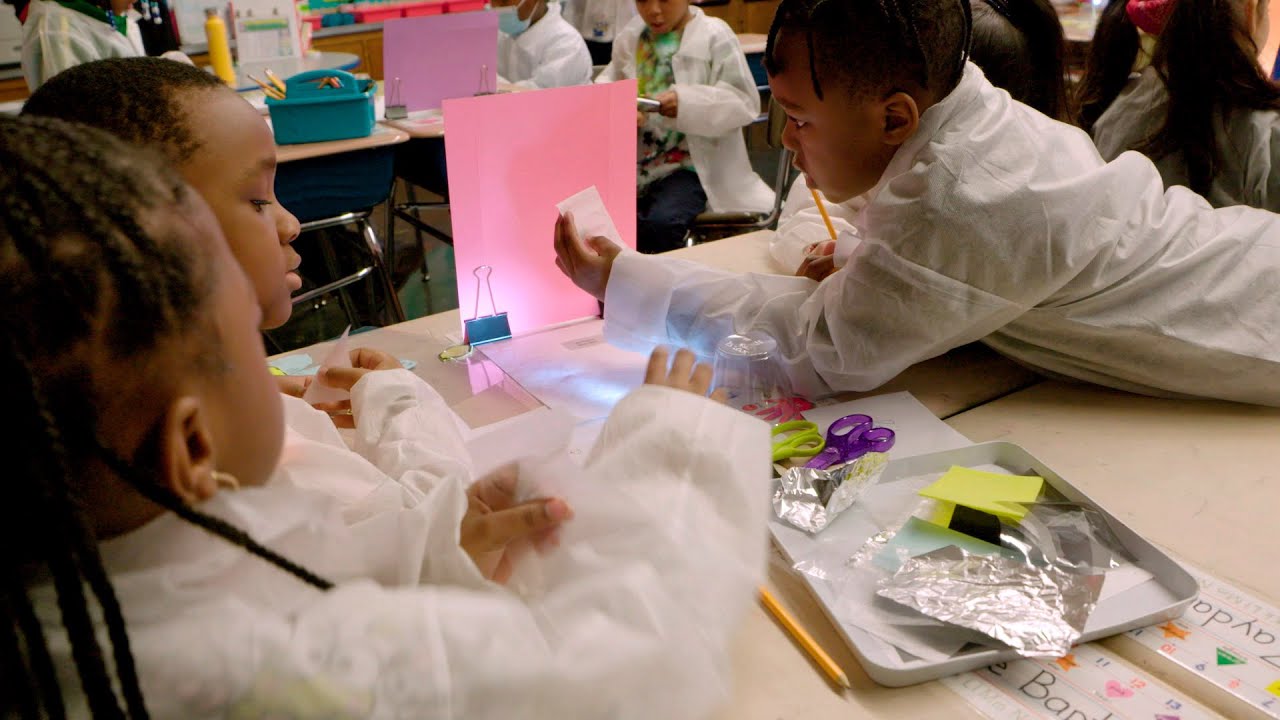
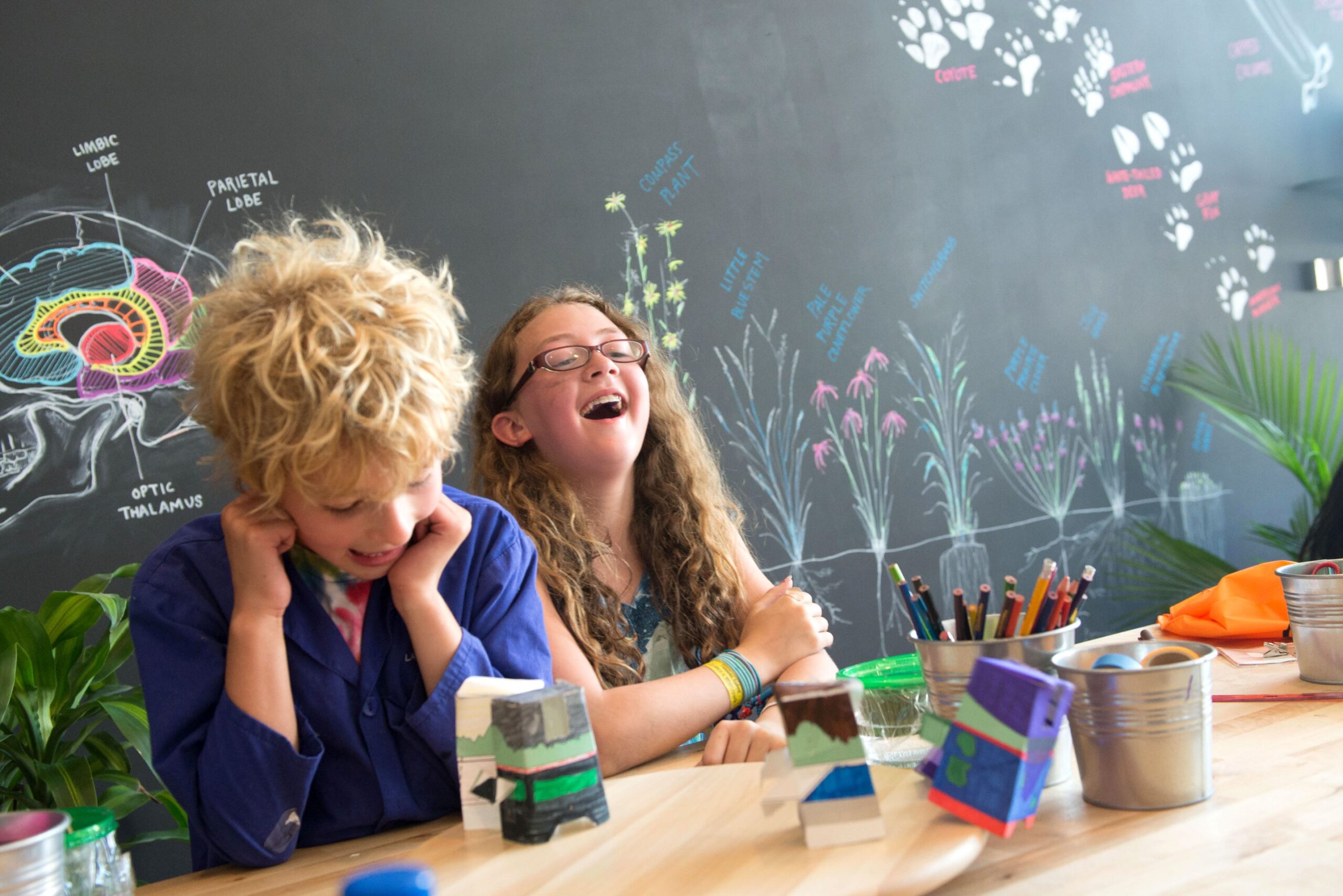




Leave a Reply